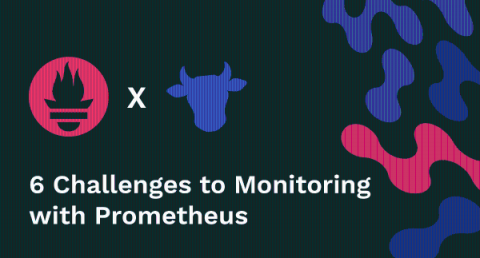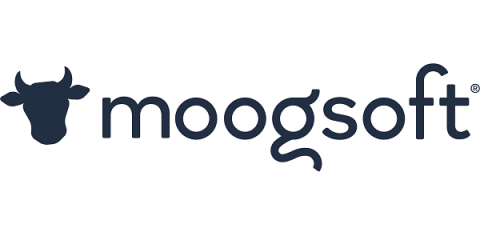Operations | Monitoring | ITSM | DevOps | Cloud
opsdemon
Latest posts
File Server Management: How to and Best Practices
True work revolves around the access and modification of files, and what better way to store and distribute work files than through a file server? The central-access model for storing and managing files brings many benefits to an organization. Most importantly, everyone can access a single, accurate version of any file on the server. Easy as that sounds, this feat is only possible with proper file server management.
Cloud Monitoring Best Practices: 5 to Adopt
An exponential increase in the generation of data led to the rise of the Big Data era. Among other factors, the cost of scaling up businesses to accommodate so much data prompted many businesses to switch to virtual cloud platforms. The cloud can store, organize, and manage all the data and applications for a company in a virtual environment. Monitoring this environment is crucial, because it’s susceptible to cyberthreats, like data breaches.
What Is an AIOps Strategy and How Should You Form One?
IT operations data grows by the year. Some estimates suggest that the average IT operations team watches their operational data volume double or triple every year. The result of this flood is that IT teams are grasping for any method they can find to make sense of all this data. Many teams are landing on AIOps as their solution to parse and categorize all of these events. AIOps isn’t a perfect fit for every organization, but it is a great fit for many.
3 AIOps Trends in 2022
The AIOps market is flourishing and the new year is coming up, so let’s take a look at the top 3 trends to watch out for in 2022.
6 Challenges to Monitoring with Prometheus
If GitHub stars are any indication, Prometheus has been doubling in usage year over year since its inception. While at Moogsoft we love Prometheus as the metrics foundation of our observability platform, there were some challenges to overcome to make it the rock-solid piece of our stack it is today.
Recognizing Burnout, So You Don't Fallout
Burnout from work is proven to have a tangible impact on your physical health and happiness. Learn how to recognize burnout in yourself and your employees, and build a happy developer culture!
DevOps Postmortem Series: 90's Movies "Predicting" Tech Gone Wrong
How well did 90s movies predict how technology should work and anticipate good DevOps practices? Here are some of our favorite movies, and whether we think they got it right or wrong.
Crossplane and Shipa 101 - Your First Crossplane Abstraction
Kubernetes is viewed as one of the great equalizers between development and operations teams. Simply write a manifest and the declarative power of Kubernetes is off to fulfill your desired state. Kubernetes is certainly pluggable and has the ability to be extended / opinions being swapped internally. As any IT organization can tell you, even with Kubernetes there is a lot of integration work, and several parts of the stack such as IaC have been left outside of Kubernetes.
Six Lessons From Startups For Product Development Projects
There is no shortage of content and guidance freely available on the web on how to think like a startup, act more like a startup, turn your various business units into innovation factories like startups and become more agile and responsive to customer demands just like startups.
Splunking Your *.conf Files: How to Audit Configuration Changes Like a Boss
For years customers have leveraged the power of Splunk configuration files to customize their environments with flexibility and precision. And for years, we’ve enabled admins to customize things like system settings, deployment configurations, knowledge objects and saved searches to their hearts’ content. Unfortunately a side effect of this was that multiple team members could change underlying.conf files and forget that those changes ever occurred.



















